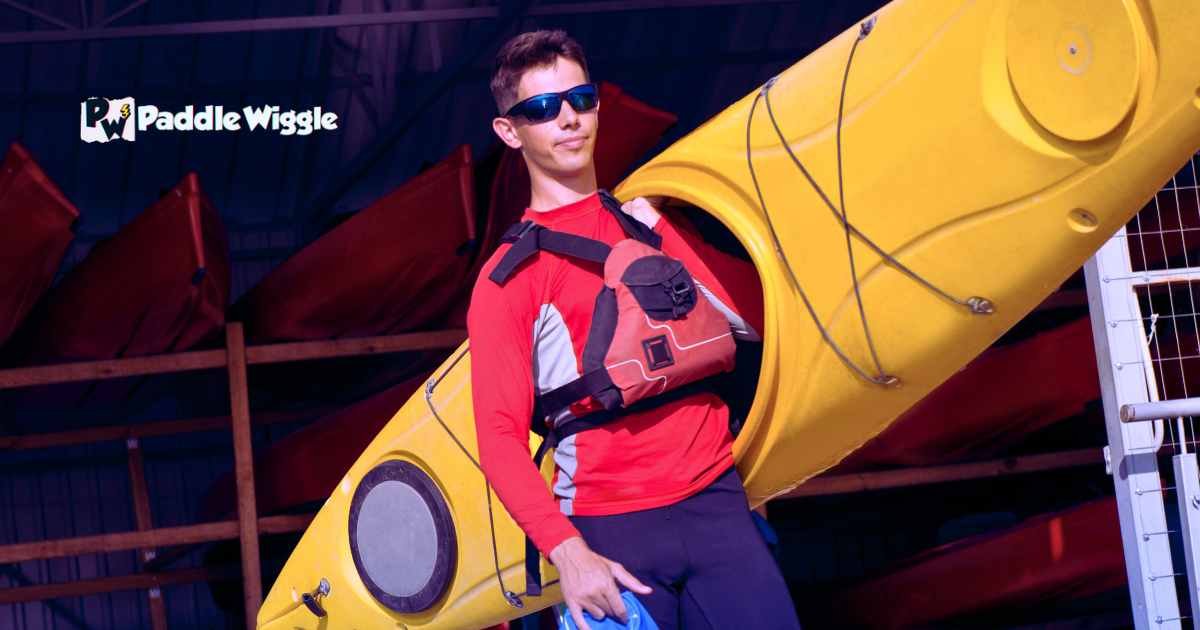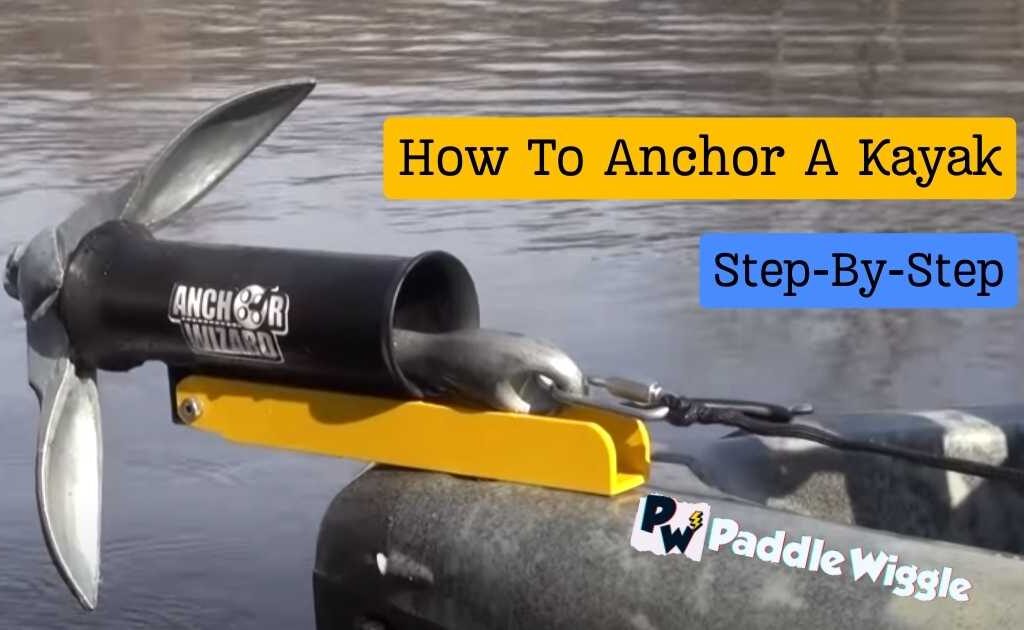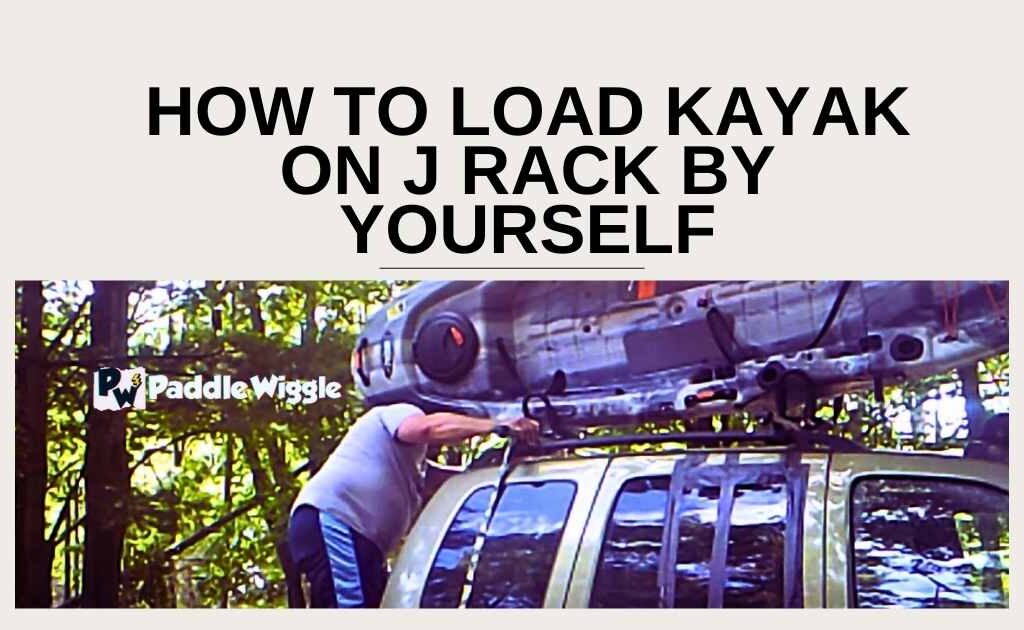Kayak portaging means carrying your kayak over the land to get around things like dams or shallow water. It’s a skill that all kayakers should know because sometimes you’ll face obstacles on your kayaking trips.
In this guide, we’ll make kayak portaging easy to understand. We’ll give you clear steps and useful tips that work for kayakers at any level of experience. We’ll also talk about the good things and the challenges that come with kayak portaging so you’ll know what to expect on your next kayaking adventure.
Let’s get started and learn the art of kayak portaging!
Contents


Portaging A Kayak
Portaging a kayak may seem like a daunting task, but with the right knowledge and equipment, it can be a breeze. In this guide, we will walk you through these steps to successfully portage your kayak.
Essential Equipment for Kayak Portage
Before embarking on your portage adventure, it’s crucial to have the right equipment. Here are some essential items that will make your journey much easier:
- Kayak Cart: A kayak cart is a handy tool that allows you to wheel your kayak over land effortlessly. It typically consists of two wheels and a frame that attaches to the hull of your kayak.
- Inflatable Kayaks: If you’re looking for a more portable option, inflatable kayaks are worth considering. These kayaks can be easily deflated and packed into a backpack, making them ideal for long hikes or remote locations.
- Paddle Leash: A paddle leash is an excellent accessory to keep your paddle secure during the portage. It prevents accidental loss or damage while carrying your kayak.
Choosing the Right Portage Route
Selecting the right route for your portage is crucial for a smooth and enjoyable experience. Here are some factors to consider when choosing your portage route:
- Distance: Opt for a route with a manageable distance between water bodies. Long portages can be physically demanding and time-consuming.
- Terrain: Look for routes with relatively flat terrain to make hauling your kayak easier. Avoid steep inclines or rough terrain that could pose challenges during the portage.
- Accessibility: Ensure that the portage trail is accessible and legal to use. Some areas may have specific rules or restrictions regarding portaging.
Carrying Kayaks During a Portage


Carrying your kayak properly during a portage is essential both for safety and efficiency. Here are some tips to help you carry your kayak with ease:
- Positioning: Lift the kayak from the cockpit or grab handles, positioning it over your shoulder or on top of your head for better weight distribution.
- Buddy System: If possible, find a partner to help you with the portage. Sharing the load can make it much easier and more enjoyable.
- Take Breaks: Don’t hesitate to take short breaks during longer portages to rest and rehydrate.
- Maintain Balance: Keep your center of gravity low by bending your knees slightly while carrying the kayak. This will help you maintain balance and stability.
By following these steps and using the right equipment, you’ll be well-prepared to tackle any portage with confidence. Remember, practice makes perfect, so don’t be discouraged if it takes a few attempts to get comfortable with the process.
3 Tips for Carrying a Kayak During a Portage


Portaging a kayak can be challenging, but with these tips, you’ll be able to carry your kayak like a pro. Let’s dive in and learn how to make the most of your portaging experience!
It’s important to start off on the right foot. Before you begin your portage, take a moment to assess the trail and plan your route. Look for any obstacles or uneven terrain that may pose challenges along the way. By preparing ahead of time, you’ll have a smoother and more enjoyable portage.
Distributing weight evenly to maintain balance
One key aspect of carrying a kayak during a portage is maintaining balance. To do this, it’s crucial to distribute the weight of the kayak evenly. Make sure that both ends of the kayak are balanced and that there isn’t too much weight leaning towards one side. This will help prevent any unnecessary strain on your body and ensure stability as you navigate through the trail.
Utilizing shoulder straps or padding for added comfort
Carrying a heavy kayak can put a strain on your shoulders and back. To alleviate some of this discomfort, consider using shoulder straps or padding specifically designed for kayaks. These accessories provide extra support and cushioning, making it easier for you to carry your kayak over longer distances without feeling as fatigued.
Taking breaks during longer portages
Longer portages can be physically demanding, so it’s essential to take regular breaks and stay hydrated throughout the journey. Find spots along the trail where you can rest briefly before continuing. Take this opportunity to stretch your muscles and drink water or sports drinks to replenish fluids lost through exertion.
Pros:
- Distributing weight evenly ensures better balance.
- Using shoulder straps or padding reduces discomfort.
- Taking breaks and staying hydrated prevents exhaustion.
Cons:
- Carrying a kayak can still be physically demanding despite these tips.
- Finding suitable rest spots along the trail may only sometimes be convenient.
Remember, portaging a kayak requires practice and patience. The more you do it, the better you’ll become at navigating different terrains and managing the weight of your kayak. So get out there, explore new waters, and enjoy the adventure of kayaking!
Learn More
Can I portage a kayak alone?
Yes, you can certainly portage a kayak alone. However, it’s important to assess your own physical abilities and choose routes that are within your capabilities. If you need help tackling a particular portage on your own, consider seeking assistance from fellow paddlers or joining a guided group excursion.
Final Words
In summary, kayak portaging is like a key that unlocks your way to new adventures on the water. When you encounter obstacles like dams or narrow paths during your kayaking trip, knowing how to carry your kayak over land is your best friend. It makes difficult situations much easier to handle so your kayaking journey can keep flowing smoothly. So, remember this skill and enjoy all the exciting experiences it opens up for you on the water.



